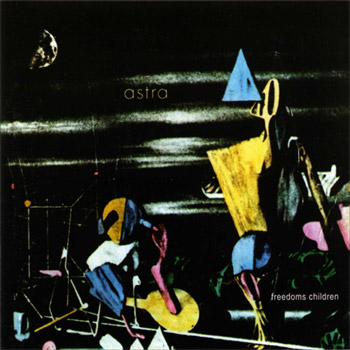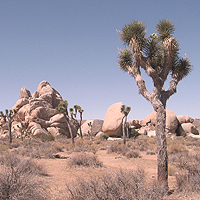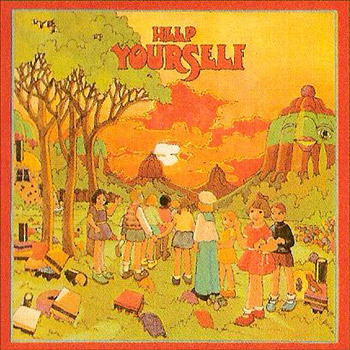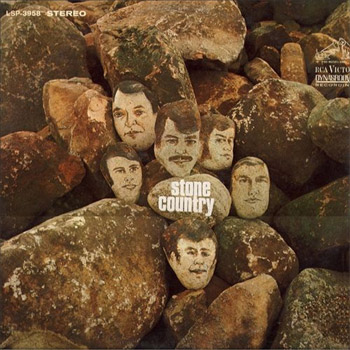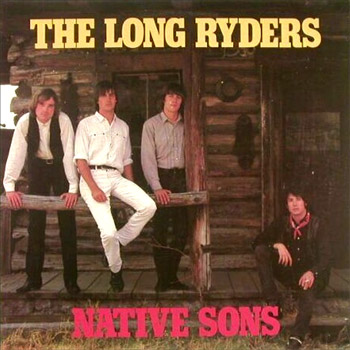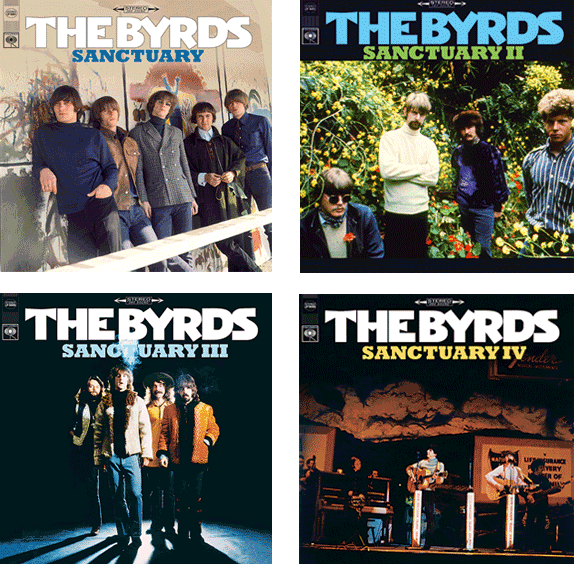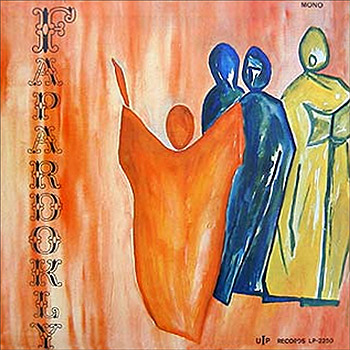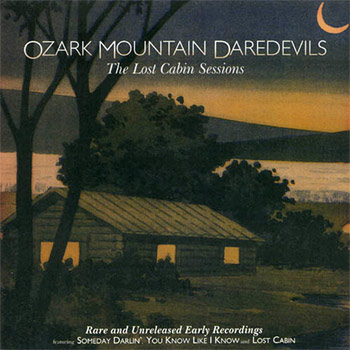uReview: The Band “Music From Big Pink”
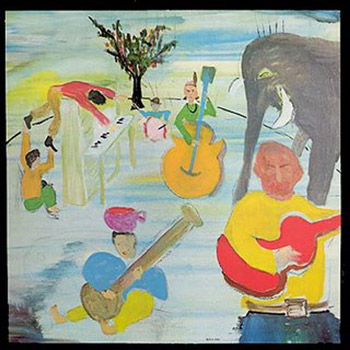
[ratings]
A lot of times the comments folks leave here blow me away. Many have been the equal of any professional music writing I’ve encountered elsewhere, while others relate from a casual or personal level that you can’t find in corporate mags or journals. And as we’ve said before, your comments are why this site exists.
For a “uReview” review we’ll take a look at some classic and contended albums and leave it up to commenters. We’re starting out easy with Big Pink. So, what do you think?
“Caledonia Mission”
![]() CD Reissue | 2000 | Capitol | buy from amazon
CD Reissue | 2000 | Capitol | buy from amazon ]
![]() Original Vinyl | 1968 | Capitol | search ebay ]
Original Vinyl | 1968 | Capitol | search ebay ]
